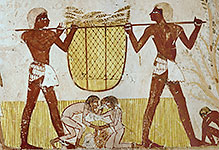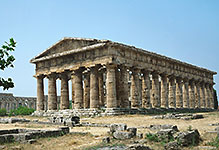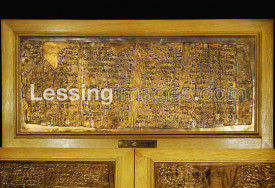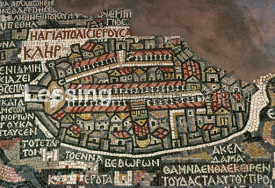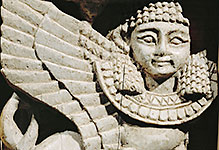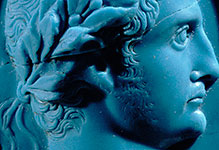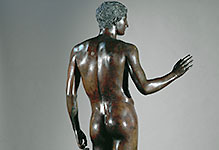
Antiquity
Ancient Egypt, Ancient Greece, Imperial Roman Period, Ancient Middle East.

#03030321
Cylinder of Nebuchadnezzar II, southern Iraq, Neo- Babylonian dynasty, 604 - 562...

#03030327
Ivory figurine Hittite, from Anatolia, 14th-13th century BCE. The proportions o...

#03030328
Stone relief of a soldier on a horse from the palace of King Kapara, Aramaean, f...

#03030329
Bronze lion's foot, from Toprakkale, eastern Anatolia, late 8th century BCE. Thi...

#03030330
Ivory figure of a griffin-headed demon, Urartian, from Toprakkale in eastern Ana...

#03030331
Winged bull with human torso and head and clasped hands, from Toprakkale, easter...

#03030332
Bronze figure of a winged bull, from Toprakkale, eastern Turkey, late 8th BCE. P...

#030401 7
Ceramic plate with epigraphic decoration. Oriental Iran, from Nis...

#030501 1
Red-figured Attic crater,called crater of Antaios. Heracles fights the Liby...

#030501 2
Red-figured Attic crater,called crater of Antaios. Heracles fights the Libyan g...

#030501 3
Red-figured Attic crater,called crater of Antaios. Reverse side: a musical...

#030501 4
Red-figured Attic crater,called crater of Antaios. Reverse side:a musical c...
